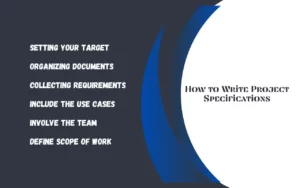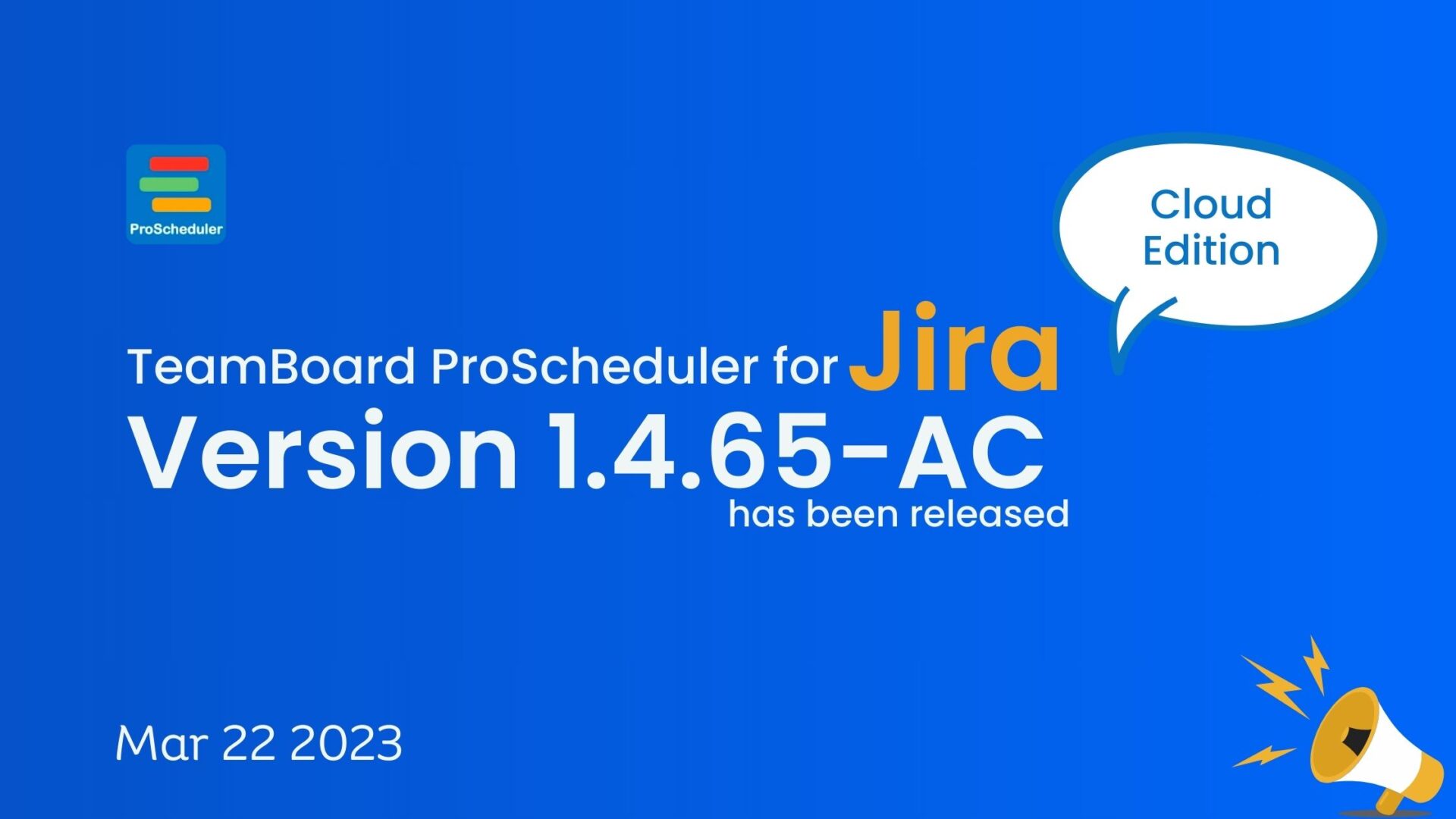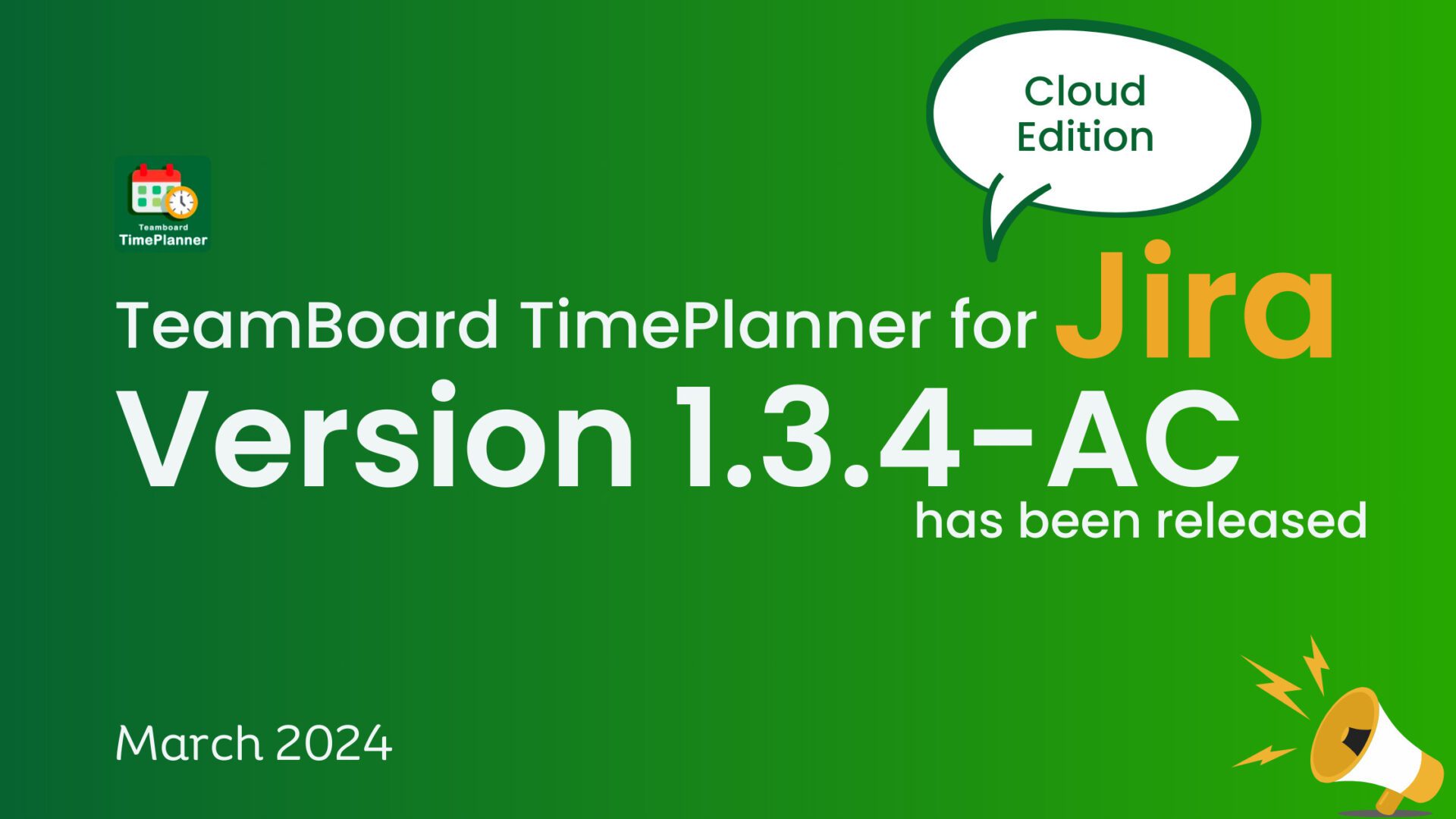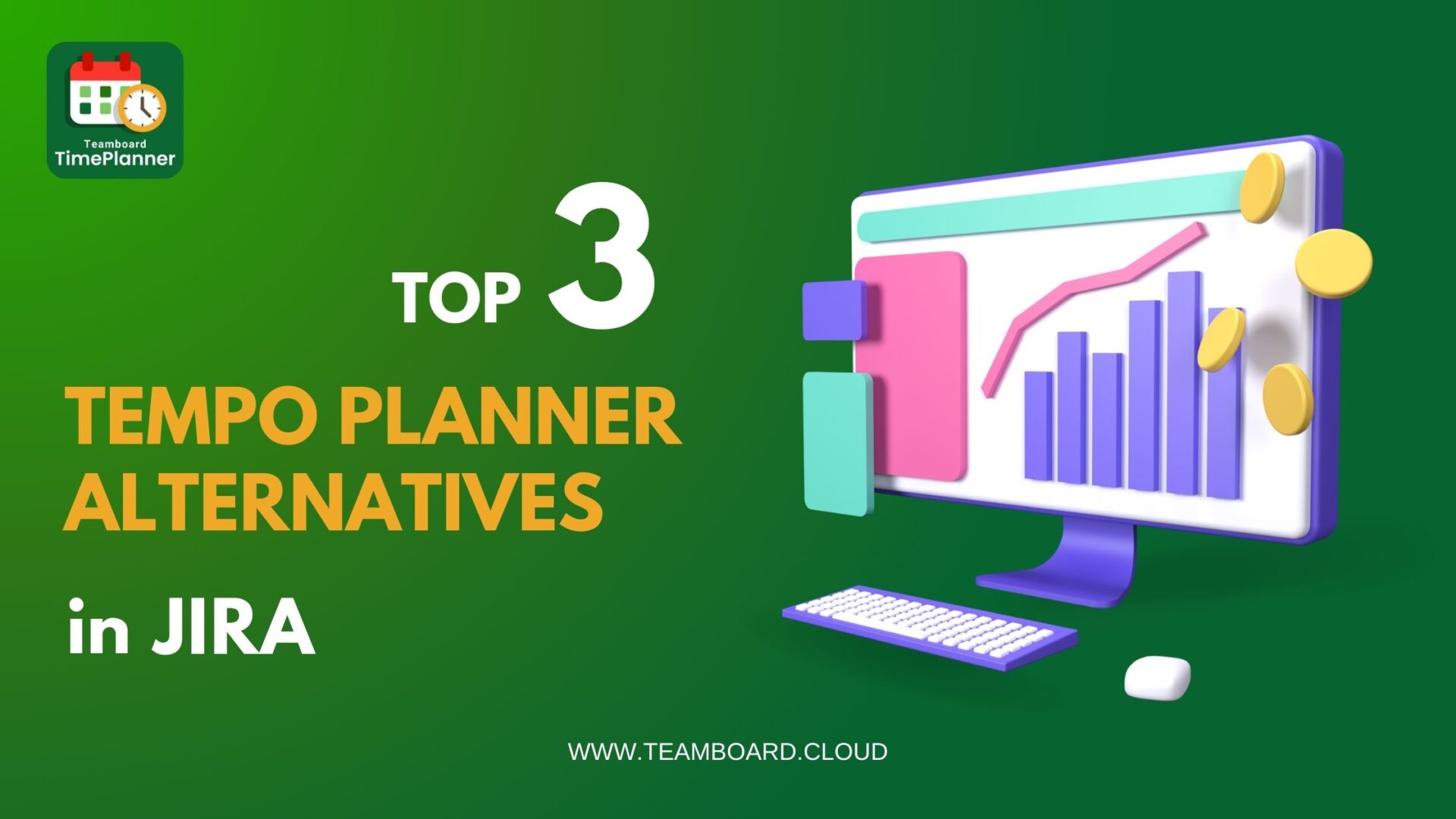Table of Contents
10 Steps to Hold Employees Accountable without Micromanaging Them
Have you evaluated what your employees have been doing recently? Was their job on track, or were they going through the motions? Micromanaging and babysitting employees is never a good idea. It stifles the ability of employees to grow and be creative and drives them away. When management creates a culture to hold employees accountable, it allows employees to work independently and provide new insights.
We all want to hold employees accountable for their performance and results, but not every leader is comfortable doing so. There are many reasons why leaders may feel uncomfortable holding employees accountable. This can include lack of organizational commitment, profit margins, employee turnover, or some other factor.

No matter why leaders don’t feel confident holding their employees accountable, it’s important (for both parties involved) for them to understand the steps necessary for holding your employees accountable without micromanaging them.
Let’s dive deep to learn how to keep employees accountable.
Why Should Micromanaging be Avoided?
Micromanaging is when a manager closely supervises and controls employees’ work. It can take many forms. For example, it could mean regularly checking in on progress or asking for frequent updates. It could also mean having employees complete tasks in a certain order or way the manager prefers.
Leaders should know how to hold employees accountable without micromanaging because it:
- Creates an unhealthy work environment
- Demotivate employees
- Causes errors in work processes
- Makes it difficult for managers to delegate responsibilities
- Creates poor communication between managers and employees
What is Employee Accountability in a Workplace?
18% of CEOs in a recent survey said they had trouble “holding people accountable,” and 15% said they had trouble “letting go of underperformers.”
Employee accountability is a key component of employee engagement. Engagement leads to productivity and loyalty in employees. If you want your employees to feel accountable for their actions, you must give them a sense of purpose and autonomy. This will help them feel like they’re contributing something meaningful daily, making them more likely to stick around long-term.
Employee accountability encourages people to follow through on their commitments, even when things don’t go as planned. If employees fail to live up to expectations or lag in following the organizational action plan, they could easily become the subject of negative comments, especially if they’re known for being unreliable or irresponsible at work.
How to Hold Employees Accountable without Micromanaging
Here are some steps how leaders hold employees accountable without micromanaging:
Figure Out What You Can Take off Their Plate
You can’t hold people accountable for things they don’t have control over. So before you start yelling at someone for not doing something, ask yourself if there are any other ways you can make it easier for them to get the job done. If there aren’t, find a way to fix the problem so your employee has more time to focus on other tasks.
Work With Your Team
The best way to hold employees accountable is by working with them, not against them. When trying to get something done, ask yourself whether you’re being clear about what needs to be done and why it needs to be done soon (or even immediately). Also, consider whether your behavior might be contributing to any issues here — maybe you haven’t been communicating well or setting clear expectations. If you find something, engage them in activities to re-track them effectively.
Set Clear Expectations And Hold Employees Accountable For Them
The most important thing one can do as a manager is setting clear expectations for your team members. This includes both what they should do and what they shouldn’t do. It’s also important to provide feedback so people know if they’re doing a good job or if there is room for improvement.
Be Firm in Taking Action When People Don’t Meet Expectations
Managers often feel guilty about holding employees accountable for not meeting expectations because it can feel like criticism or judgment. However, managers need to be firm about this. Hence, everyone knows where they stand, especially when an employee has been warned about something but fails at meeting goals or performing duties correctly.
Bring in Accountability
Accountability isn’t just about ensuring your employees are doing their jobs — it’s also about providing they’re doing them well. By creating an environment where people are expected to perform at high levels, you’ll see better results from everyone on your team — even if that means having difficult conversations about performance issues or letting people go if necessary.
Give Them Feedback Regularly
Regular feedback helps people learn from their mistakes to improve their performance. If you wait too long between feedback sessions, employees may not remember what you told them last time or why it was important enough for them to change their behavior (or perhaps even why it was wrong).
Don’t Check in on Every Little Detail
Check in once per week or even once per month to see if everything is going smoothly. If you have any problems with what they’ve done, address them at that time rather than constantly questioning whether or not they’re doing everything correctly during the week (or day).
Hold Regular Meetings With Your Team Members
This will allow you to discuss any issues that have come up during the week and provide guidance on how employees should handle typical situations during meetings or over email.
Be Firm in Taking Action
If someone isn’t keeping up with their responsibilities or meeting deadlines, don’t be afraid to let them know that it’s not acceptable. This doesn’t mean yelling at them or being mean about it. Instead, being direct about what needs to change and when they need to do it.
Keep Track of Work Schedules and Deadlines
It’s easy for people to lose track of time while multitasking; this is especially true if they’re working remotely or have multiple responsibilities on their plate at once. By tracking each day’s progress and ensuring everyone knows the project’s status ahead of time, you can avoid any confusion or frustration later down the road.
Final Words
Step away from the watchful eye of your looming boss and just let your team do their thing. It’s a strategy that could take you further in the business world rather than always being the one calling the shots. This can be the case, especially if you’ve got some super-talented people out on the field who don’t need you to hold their hand.
This may sound difficult, but Teamboard Pro Scheduler makes management a breeze. It’s never been easier to keep your team on task and everyone working efficiently. Try it for yourself, and you’ll see the difference it can make in your team’s productivity.
















